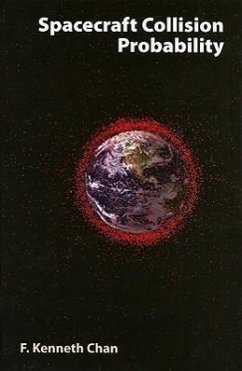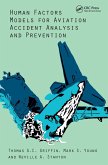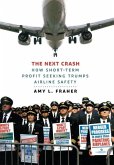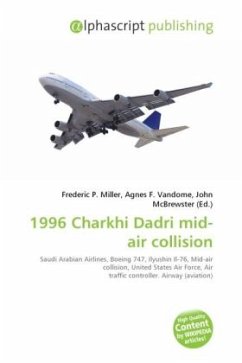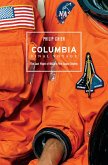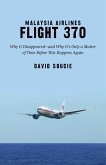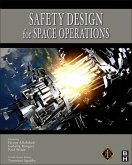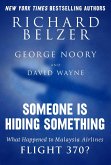The amount of space debris is growing at an alarming rate, raising concern about its collision with operational spacecraft. This book analyzes the probability of such a collision when the orbits of two approaching objects are based on measurements with inherent errors. Many recent papers have dealt with the methodology of computing the collision probability in the encounter region, but they have assumed that the encounter is a flyby and is short-term, with the trajectories of the objects represented by straight lines. By contrast, Spacecraft Collision Probability, the outgrowth of the authors research during the past two decades, deals not only with those cases but also with important long-term cases in which objects spend protracted periods in the vicinity of each other. An extensive chapter is included on the International Space Station (ISS), to demonstrate how one would accurately gauge its probability of collision. The ISS is modeled according to its actual complex shape, component by componentenabling the detailed computation of a more realistic collision probability than one would obtain by the routine practice of modeling it as a sphere. In addition, the author developed Excel macros to obtain the numerical tables and graphical plots appearing in the book. That software is available on the Supporting Materials page of the AIAA Web site.
Hinweis: Dieser Artikel kann nur an eine deutsche Lieferadresse ausgeliefert werden.
Hinweis: Dieser Artikel kann nur an eine deutsche Lieferadresse ausgeliefert werden.

